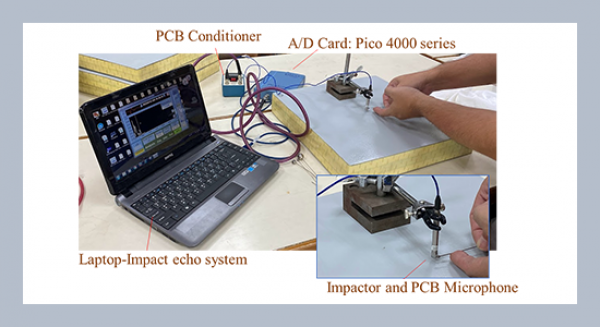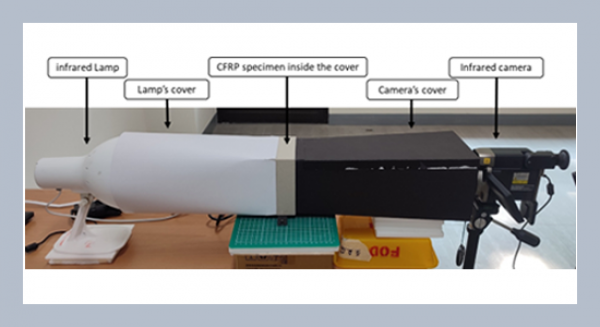Yao-Te Tsaia, Shu-Ching Wangb* and Mao-Lun Chiangc aInternational Business, Feng Chia University, Taiwan, R.O.C.
bInformation Management, Chaoyang University of Technology, Taiwan, R.O.C.
cInformation and Communication Technology, Chaoyang University of Technology,
Taiwan, R.O.C.
Download Citation:
|
Download PDF
Wireless sensor networks (WSNs) are more and more frequently seen as a solution to large-scale tracking and monitoring applications, because of their low-data-rate, low-energy-consumption, and short-range link network which provides an opportunity to monitor and control the physical world to a previously unprecedented scale and resolution. In order to achieve fault-tolerance of WSN, one must deal with the consensus problem. The consensus problem occurs when the fault-free nodes in a distributed system can reach a common agreement before performing specified in instances where faults may exist. The distributed consensus is discussed in previous works. Most of consensus protocols can reach an agreement by the way of fault masking. However, few of them can detect and locate the faulty components. If the faulty components can be detected and located, then the network can be reconfigured to maintain the performance and integrity of a distributed system. In this study, a new protocol is proposed which can tolerate, detect and locate the maximum number of dual failure transmission media to solve the consensus problem in a WSN.ABSTRACT
Keywords:
Wireless sensor network, Consensus, Fault tolerant, Fault diagnosis, Dual failure mode.
Share this article with your colleagues
REFERENCES
ARTICLE INFORMATION
Received:
2018-07-16
Accepted:
2019-06-28
Available Online:
2019-06-01
Tsai, Y.T., Wang, S.C., Chiang, M.L. 2019. Reaching fault diagnosis consensuson a multiple damage unreliable wireless sensor network. International Journal of Applied Science and Engineering, 16, 57-67. https://doi.org/10.6703/IJASE.201906_16(1).057
Cite this article:















